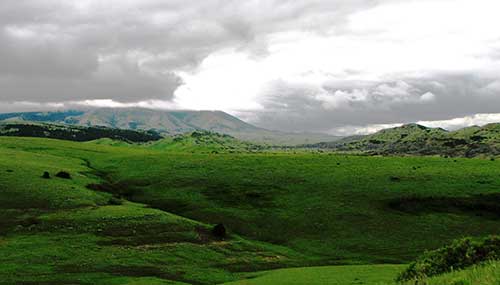
MDT administers multiple wetland mitigation sites that are monitored annually by physical (on-the-ground) inspection and delineation of the wetland boundaries at each site. This research proposes to use Unmanned Aerial Systems (UAS) with a combination of spectral and LiDAR sensors in conjunction with Artificial Intelligence (AI), Machine Learning (ML) or Object Based Image Analysis (OBIA) to determine wetland boundaries. Results will be verified by comparison with the boundaries documented during on-the-ground delineations done at MDT wetland site(s).
Current inspection techniques require physical field inspections that are time consuming and only effective if the inspector can access the site. UAS would be more efficient from a time perspective but also offer a better visual inspection from an airborne perspective. Experienced wetland field inspectors estimate a UAS inspection method would be 40% more efficient in work hours and likely more accurate based on the airborne inspection techniques. There would be less impacts to the wetland ecosystem by using UAS versus traditional inspection methods.
The research objective is to determine whether Artificial Intelligence (AI) or Machine Learning (ML) methods can be used in conjunction with multispectral, hyperspectral, Thermal and or RGB imaging to detect and identify wetland species and wetland boundaries. The research will evaluate five MDT wetland mitigation sites and the results of the AI generated wetland inventory and delineation compared to previously determined plant communities and wetland boundary limits.
Scope of Work
Project Overview
For more information, contact
